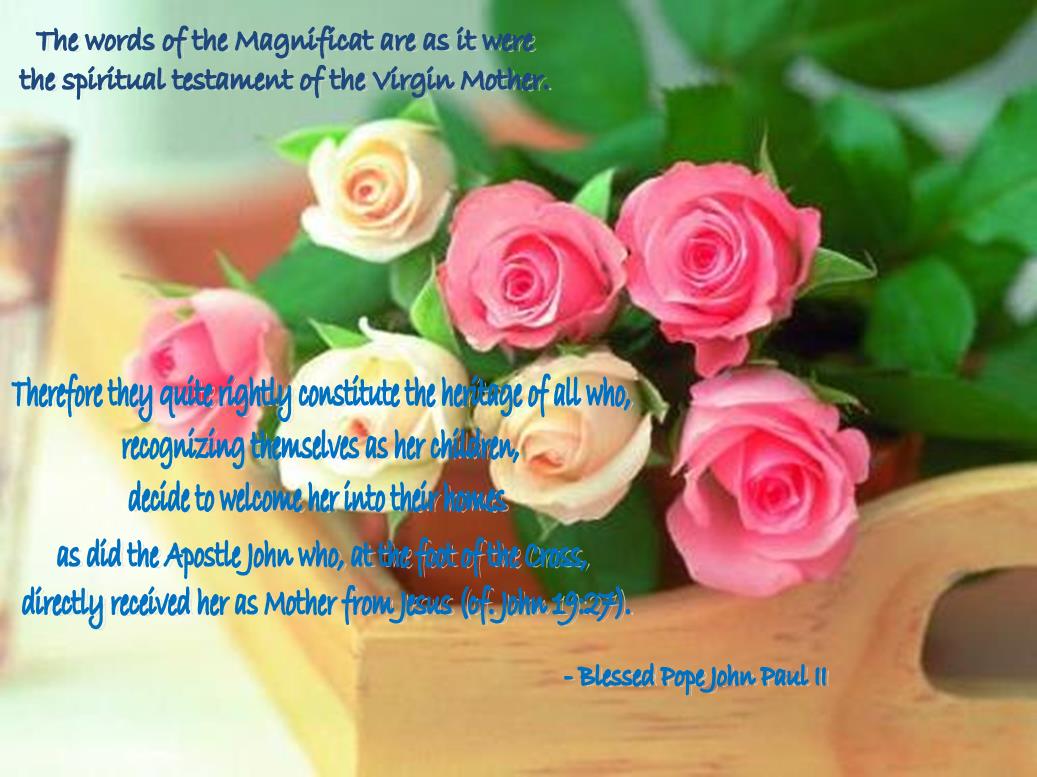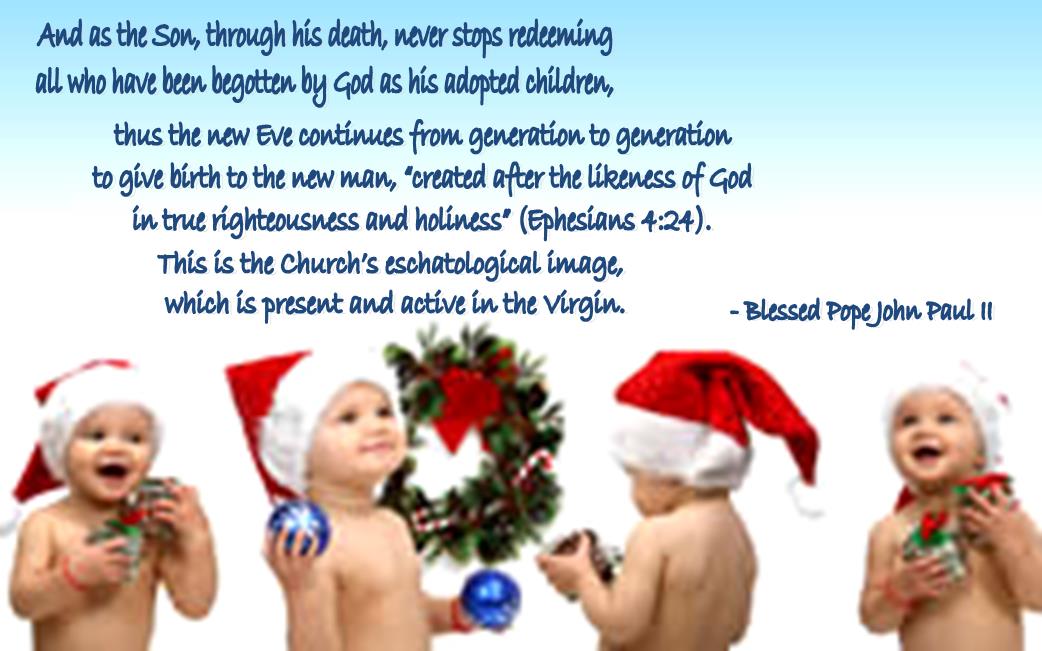|
18 August & 10 September 2012
Extracted from the Book of Revelation 11:19,12:1-6,10
The sanctuary of God in heaven opened and the ark of the covenant could be seen inside it. Then came flashes of lightning, peals of thunder and an earthquake, and violent hail.
Now a great sign appeared in heaven: a woman, adorned with the sun, standing on the moon, and with the twelve stars on her head for a crown. She was pregnant, and in labour, crying aloud in the pangs of childbirth. Then a second sign appeared in the sky, a huge red dragon which had seven heads and ten horns, and each of the seven heads crowned with a coronet. Its tail dragged a third of the stars from the sky and dropped them to the earth, and the dragon stopped in front of the woman as she was having the child, so that he could eat it as soon as it was born from its mother. The woman brought a male child into the world, the son who was to rule all the nations with an iron sceptre, and the child was taken straight up to God and to his throne, while the woman escaped into the desert, where God had made a place of safety ready, for her to be looked after in the twelve hundred and sixty days.
Then I heard a voice shout from heaven, ‘Victory and power and empire for ever have been won by our God, and all authority for his Christ, now that the persecutor, who accused our brothers day and night before our God, has been brought down.’
The Homily of Blessed Pope John Paul II on the Solemnity of the Assumption of the Blessed Virgin Mary, Sunday 15 August 1999
1. “Magnificat anima mea Dominum” (Lk 1:46)!
Today the pilgrim Church in history joins in the Blessed Virgin Mary’s canticle of exultation; the Church expresses her joy and praises God because the Mother of the Lord enters triumphantly into heavenly glory. The definitive fulfillment of the meaning of the words that Mary spoke in response to Elizabeth’s greeting at Ain-Karin: “He who is mighty has done great things for me” (Luke 1:49), appears in the mystery of her Assumption.
Through the paschal victory that followed Christ’s death, deeply united with the mystery of the Son of God, the Virgin of Nazareth uniquely shared in its saving effects. With her “yes” she fully cooperated with the divine will; she intimately shared in Christ’s mission and was the first to enter into glory after him, in body and soul, in the integrity of her humanity.
Mary’s “yes” becomes joy to all who were in darkness and the shadow of death. Indeed, through her the Lord of life came into the world. Believers rejoice and venerate her as Mother of the children redeemed by Christ. They contemplate her today, in particular, as a “sign of hope and comfort” (Preface) for every person and for every people on the way to the eternal homeland.
Dear brothers and sisters, let us turn our eyes to the Virgin whom the liturgy invites us to invoke as she who breaks the chains of the oppressed, brings light to the blind, drives away every evil and implores every good for us (cf. Hymn for Second Vespers).
2. “Magnificat anima mea Dominum”!
At today’s solemnity the ecclesial community renews Mary’s song of thanksgiving: it does so as the People of God and asks every believer to join in the chorus of praise to the Lord. St Ambrose already urged this in the early centuries: “In each one may the soul of Mary praise the Lord and the spirit of Mary exult in God” (St Ambrose, Exp. Ev. Luc., II, 26). The words of the Magnificat are as it were the spiritual testament of the Virgin Mother. Therefore they quite rightly constitute the heritage of all who, recognizing themselves as her children, decide to welcome her into their homes as did the Apostle John who, at the foot of the Cross, directly received her as Mother from Jesus (cf. John 19:27).
|
|
3. “Signum magnum paruit in caelo” (Revelation 12:1).
In presenting the “great sign” of the “woman clothed with the sun” (ibid.), the passage from the Book of Revelation, which has just been proclaimed, says that she “was with child and ... cried out in her pangs of birth, in anguish for delivery” (Revelation 12:2). Mary, when she goes to help her cousin Elizabeth, as we heard in the Gospel, carries in her womb the Saviour, conceived by the power of the Holy Spirit.
Both representations of Mary, the historical one described in the Gospel, and the one mentioned in the Book of Revelation symbolize the Church. The fact that the condition of pregnancy, like the impending birth, the perils of the dragon and the abduction of the newborn child “caught up to God and to his throne” (Revelation 12:4-5) also belong to the “heavenly” Church contemplated in the Apostle John’s vision, is very eloquent, and in today’s solemnity becomes a reason for deep reflection.
Just as the risen Christ who has ascended into heaven forever bears the wounds of his redemptive death within his glorious body and his merciful heart, so his Mother brings to eternity “the pangs” and “anguish for delivery” (Revelation 12:2). And as the Son, through his death, never stops redeeming all who have been begotten by God as his adopted children, thus the new Eve continues from generation to generation to give birth to the new man, “created after the likeness of God in true righteousness and holiness” (Ephesians 4:24). This is the Church’s eschatological image, which is present and active in the Virgin. |


|
4. At this moment in history, at the end of a millennium and on the threshold of a new and epochal horizon, this dimension of Mary’s mystery is more significant than ever. Our Lady, taken up into the glory of God among the saints is a sure sign of hope for the Church and for all humanity.
The glory of the Mother is a cause of immense joy to all her children, a joy that knows the far-reaching resonance of the sentiment that is typical of popular piety, even though it cannot be reduced to it. It is, so to speak, a theological joy, firmly rooted in the paschal mystery. In this sense, the Virgin is “causa nostrae laetitiae — the cause of our joy”.
Taken up into heaven, Mary shows us the way to God, the way to heaven, the way to life. She shows it to her children baptized in Christ and to all people of good will. She opens this way especially to the little ones and to the poor, those who are dear to divine mercy. The Queen of the world reveals to individuals and to nations the power of the love of God whose plan upsets that of the proud, pulls down the mighty from their thrones and exalts the humble, fills the hungry with good things and sends the rich empty away (cf. Luke 1:51-53).
5. “Magnificat anima mea Dominum”! In this perspective, the Virgin of the Magnificat helps us to understand better the value and meaning of the Great Jubilee now at our door, a favourable time when the universal Church will join in her canticle to praise the wonder of the Incarnation. The spirit of the Magnificat is the spirit of the Jubilee: indeed, in her prophetic canticle, Mary gives voice to the jubilation which fills her heart, because God, her Saviour, has looked upon his humble handmaid (cf. Luke 1:47-48).
May this be the spirit of the Church and of every Christian. Let us pray that the Great Jubilee will be in every sense a Magnificat that unites heaven and earth in a canticle of praise and thanksgiving.
Amen!
Acknowledgment: We thank the Vatican Publisher for allowing us to publish the Homilies of Blessed Pope John Paul II & Pope Benedict XVI so that they could be accessed by more people all over the world.
18 August & 10 September 2012 |
